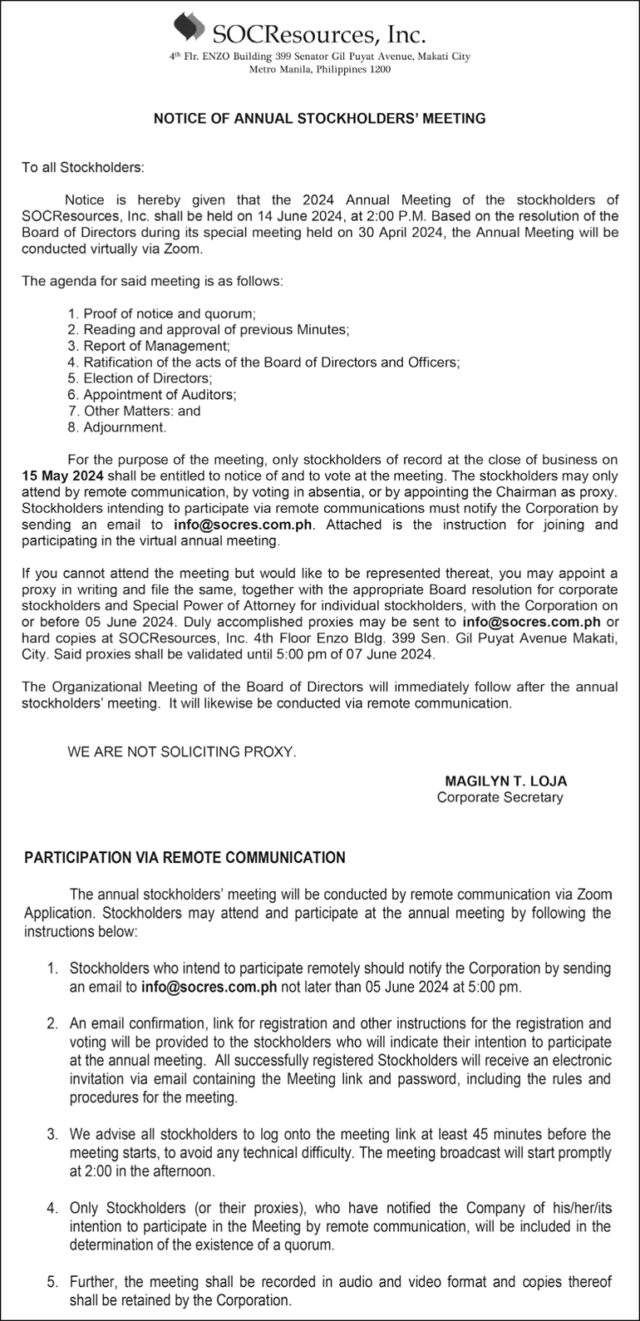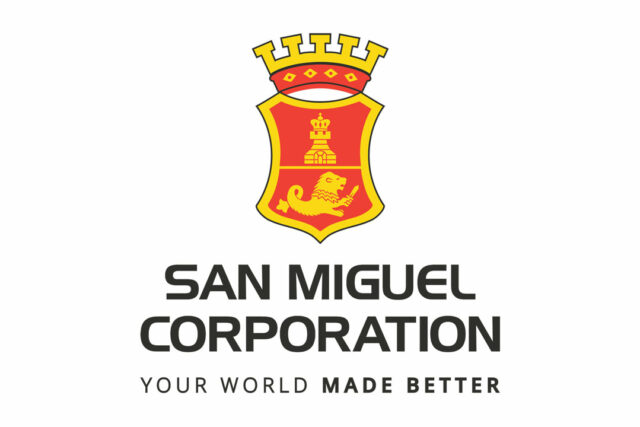Due to increasing global vigilance on environmental concerns and expanding societal awareness by consumers worldwide, sustainability has become an important business value held sacred by businesses and brands. More than ever, companies across industries have been integrating sustainable practices into their operations as part of value offering — largely driven by a combination of regulatory requirements, consumer preferences, and ethical considerations. In this context, Artificial Intelligence (AI) is emerging as a powerful tool, enabling businesses to optimize resource utilization, reduce environmental impact, and drive innovation.
AI, characterized by machine learning algorithms, data analytics, and predictive modeling, is offering capabilities and opportunities for addressing sustainability challenges faced by brands and businesses. By processing vast amounts of data and identifying patterns and trends, AI enables businesses to make informed decisions and optimize processes to minimize waste and maximize efficiency.
Consequently, global businesses are increasingly leveraging AI to promote sustainability across various sectors. Here are several ways in which businesses are using AI to advance sustainability initiatives:
• Energy Management. Businesses are implementing AI-driven systems to optimize energy consumption and reduce carbon emissions. AI algorithms can analyze energy usage patterns, identify inefficiencies within the power systems, and recommend strategies for energy management and conservation. For example, there exists AI-powered smart grids that are capable of real-time monitoring and controlling of energy distribution, allowing busi-nesses to maximize and optimize energy flows.
• Waste Management. There are now AI technologies being deployed globally that improve waste management practices which, in turn, reduce environmental pollution. Businesses are now employing AI-powered sensors and sorting systems that can identify recyclable materials from mixed waste streams more efficiently thereby increasing recycling rates and reducing the amount of waste sent to landfills. Moreover, AI algorithms optimize waste collection routes, minimizing fuel consumption and greenhouse gas emissions.
• Water Conservation. There are also AI systems that enhance water conservation efforts and mitigate water scarcity challenges. Some firms have utilized AI-powered systems that analyze water usage data, detect leaks, and identify opportunities for efficiency improvements. In some advanced economies, AI-driven irrigation systems can monitor soil moisture levels and weather forecasts to optimize watering schedules thereby reducing water waste in agriculture.
• Supply Chain Sustainability. AI has also enabled businesses to promote sustainability throughout supply chains through improvement in transparency, traceability, and ethical sourcing practices. There are now AI-powered analytics platforms that track and trace raw materials from source to shelf, enabling businesses to verify compliance with sustainability standards and identify opportunities for improvement. AI algorithms have also been developed to optimize logis-tics operations — reducing transportation-related emissions and minimizing environmental impact.
• Agricultural Sustainability. The agricultural section is also harnessing AI to enhance sustainability practices and improve crop yields while minimizing environmental harm and degradation. For instance, AI-driven precision farming techniques are now able to analyze data on soil health, weather conditions, and crop growth to provide farmers with insights and recommendations for optimized planting, irrigation, and pest management. By reducing chemical inputs and water usage, AI-powered agriculture contributes to environmental conservation and resource efficiency.
• Environmental Monitoring. AI technologies are also currently being used by businesses for environmental monitoring and conservation efforts. We have seen examples of AI-powered drones and satellite imagery that ana-lyze environmental data, such as deforestation rates, air quality, and biodiversity, to assess ecosystem health. This information, in turn, enables businesses and policymakers to make informed decisions and implement targeted policy interventions to protect and better manage natural resources and biodiversity.
• Circular Economy Initiatives. Businesses and brands are also exploring AI-driven solutions to promote circular economy principles, such as resource recovery, recycling, and product lifecycle optimization. AI algorithms identify opportunities for waste reduction, reuse, and recycling, enabling businesses to minimize their environmental footprint and maximize resource efficiency. For example, AI-powered design tools help companies create products that are more easily recyclable and environmentally sustainable.
REAL-WORLD EXAMPLES OF AI IN SUSTAINABILITY
There are now several global companies across industries that are leveraging AI to drive sustainability initiatives and achieve measurable results. For example, Walmart, one of the world’s largest retailers, uses AI algorithms to optimize its logistics network, reducing fuel consumption and greenhouse gas emissions. By analyzing data from sensors, GPS trackers, and weather forecasts, Walmart can optimize delivery routes, minimize idle time, and reduce the number of miles traveled, resulting in significant cost savings and environmental benefits.
Similarly, Google has made significant investments in AI-driven sustainability initiatives, leveraging machine learning algorithms to optimize energy usage in its data centers. By analyzing data from sensors and weather fore-casts, Google can adjust cooling systems and allocate computing resources more efficiently, reducing energy consumption by up to 40% and cutting operating costs by millions of dollars annually.
In the fashion industry, companies like Adidas are using AI to design more sustainable products and reduce their environmental footprint. By analyzing data on material composition, production processes, and supply chain logistics, Adidas can identify opportunities to reduce waste, minimize water usage, and improve product recyclability. For example, Adidas has developed AI-powered design tools that generate optimized patterns for cutting fabric, reducing waste by up to 50% compared to traditional methods.
CHALLENGES AND FUTURE OUTLOOK
Despite the promising potential of AI in sustainability, its widespread adoption faces several obstacles and challenges. Some sections have raised the issue of privacy concerns, ethical implications, and the risk of algorithmic bias in the adoption of AI. On top of these, critics are mentioning the high cost of AI implementation and the lack of technical expertise in AI use that is a big stumbling block for many businesses, particularly those from the small- and medium-sized enterprises (SMEs).
But not all is lost as the adoption of AI technologies continues to evolve and are fast becoming more accessible. Initiatives such as open-source AI platforms, collaborative research partnerships, and government incentives are seen as helping accelerate innovation and expanded widespread adoption of AI in sustainability practices. Consumer demand for sustainable products and services, which is expected to continue growing, is also providing the much-needed push for universal adoption and application — providing additional incentive for businesses to invest in AI-driven sustainability initiatives.
By embracing AI-driven sustainability initiatives, businesses will be able to enhance their competitiveness, mitigate risks, and contribute to a more sustainable future for generations to come. As AI technologies continue to evolve and become more accessible, the possibilities for innovation are endless, offering hope for a world where economic prosperity is harmonized with environmental stewardship and social equity.
Dr. Ron F. Jabal, APR, is the CEO of PAGEONE Group (www.pageonegroup.ph) and the founder and president of the Reputation Management Association of the Philippines (www.rmap.org.ph).
ron.jabal@pageone.ph
rfjabal@gmail.com




















